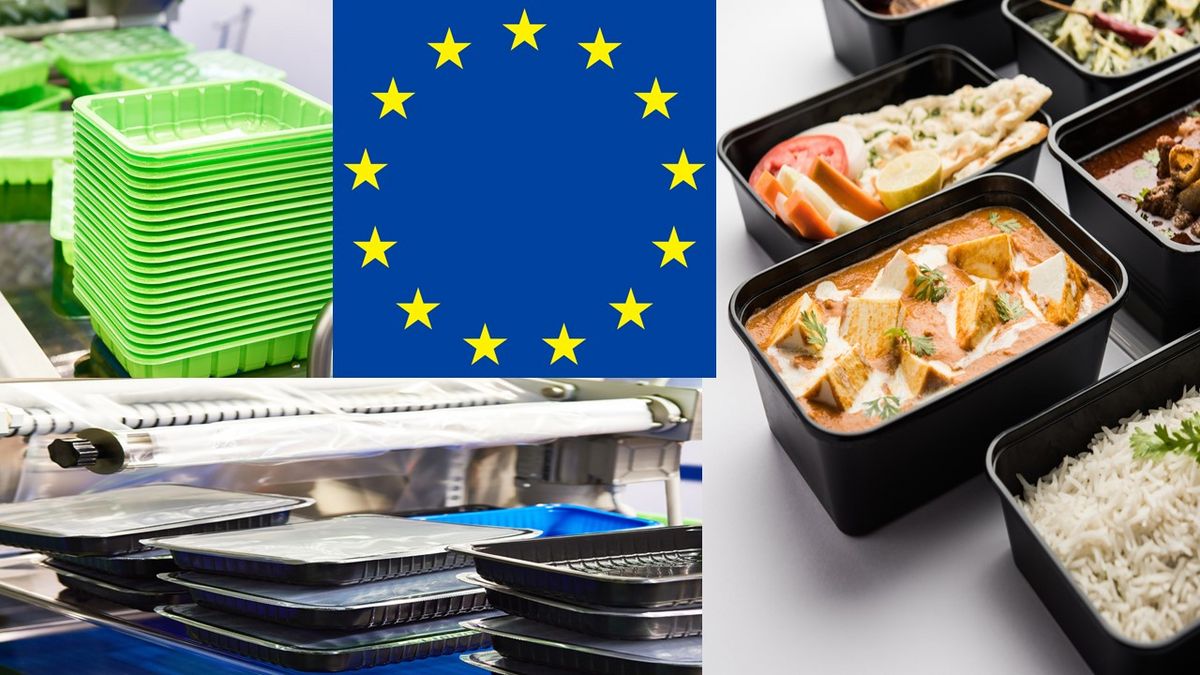What has changed?
The European Union on September 3, 2020, issued the (EU) No. 10/2011 Amendment Regulation (EU) 2020/1245, which made important amendments to (EU) No. 10/2011 to give much more clarity and coverage to plastic food contact materials. This is the 15th amendment since Regulation (EU) No. 10/2011 was initially issued.
Which part and what has been updated?
Annex I – Substances
Table 1 - Union list of authorized monomers, other starting substances, macromolecules obtained from microbial fermentation, additives and polymer production aids
- Added 1,3-phenylenediamine and antimony trioxide (also included in Annex II) and entry no. 236 and entry no. 398 respectively
- Added three new authorized substances as entry no. entry no. 1075, entry no. 1076 & 1076
These amendments are summarized in below table
FCM substance No. | Ref. No | CAS No | Substance name | Limits (in Food or Food Simulant) |
236 | 23050 | 0000108-45-2 | 1,3-phenylenediamine | ND (Detection Limit -0.002mg/kg) |
398 | 35760 | 0001309-64-4 | antimony trioxide | SML – 0.04mg/kg |
1075 |
|
| Montmorillonite clay modified with hexadecyltrimethylammonium bromide |
|
1076 | - | 1227937-46-3 | Phosphorous acid, triphenyl ester, polymer with alpha-hydro- omega-hydroxypoly [oxy(methyl- 1,2-ethanediyl)], C10-16 alkyl ester |
SML-0.05 mg/kg |
1077 | - | - | Titanium dioxide surface- treated with fluoride- modified alumina | - |
What are the restrictions on plastic materials?
Annex II - Restrictions on plastic materials and articles
Table 1: General list of migration limits for substances migrating from plastic materials and articles
This amendment completely replaces Annex II and has a new added table 1 which defines the specific migration limit (SML) for 19 substances and some of them are subject to certain conditions, and other 5 substances migrations are subject to Articles 11(3) and 12.
The new Table 1 given as below listed substances that must only be used in accordance with compositional requirement in Chapter II or may only be present as impurity subject to restrictions specified in the table.
Sr. No. | Name | SML [mg/kg food or food simulant] | Special Remark |
1 | Aluminum | 1 |
|
2 | Antimony | 0.04 |
|
3 | Arsenic | ND | LOD=0.01 |
4 | Barium | 1 |
|
5 | Cadmium | ND | LOD=0.02 |
6 | Chromium | ND | LOD=3.6 |
7 | Cobalt | 0.05 |
|
8 | Copper | 5 |
|
9 | Europium | 0.05 | a) The sum of all lanthenide substances shall not exceed 0.05mg/kg
b) Analytical evidence using a well described methodology demonstrating that the lanthanide substance(s) used are present in dissociated ionic form in the food or the food simulant, forms part of the documentation referred to in Article 16. |
10 | Gadolinium | 0.05 | |
11 | Lanthanum | 0.05 | |
12 | Terbium | 0.05 | |
13 | Iron | 48 |
|
14 | Lead | ND |
|
15 | Lithium | 0.6 |
|
16 | Manganese | 0.6 |
|
17 | Mercury | ND |
|
18 | Nickel | 0.02 |
|
19 | Ammonium | - | The migration is subject to Article 11(3) and Article 12 of EU 10 2011 |
20 | Calcium | - | |
21 | Magnesium | - | |
22 | Potassium | - | |
23 | Sodium | - | |
24 | Zinc | 5 |
|
Are there any restrictions on Primary aromatic amines (PAAs)?
Primary aromatic amines restriction
- Primary Aromatic Amines (total 22 PAAs) listed in entry 43 to Appendix 8 of Annex XVII of REACH regulation and for which no migration limit is specified in Table 1 of Annex I then each individual primary aromatic amine shall not migrate in detectable quantity with Detection Limit 0.002 mg/kg of food or food simulant
- The PAAs not listed in entry 43 to Appendix 8 of Annex XVII to Regulation (EC) No 1907/2006, but for which no specific migration limit is specified in Annex I, compliance with Article 3 of Regulation (EC) No 1935/2004 shall be verified in accordance with Article 19. The sum of those PAAs shall however not exceed 0.01 mg/kg in food or food simulant.
In the next article (part 2), we will discuss about remaining annexures which give information on compliance requirements and transition period requirements.
Stay tuned !
DISCLAIMER : We have tried to provide a summarized information on major amendments to the regulations, however, it is advisable to refer to the latest amended directives for final referral.
About The Author

TUV India Pvt Ltd
TÜV NORD GROUP
certificationindia@tuv-nord.com
